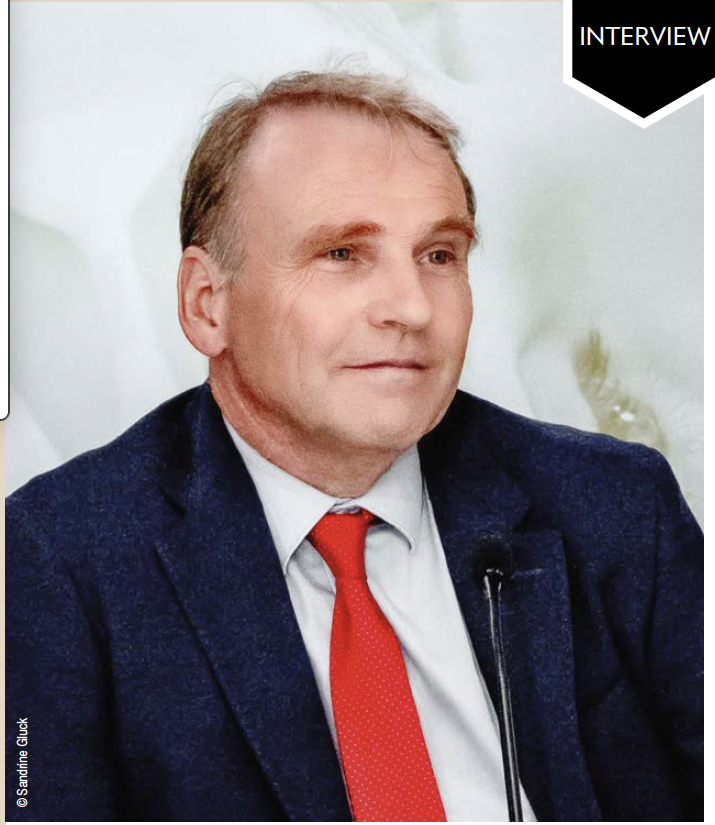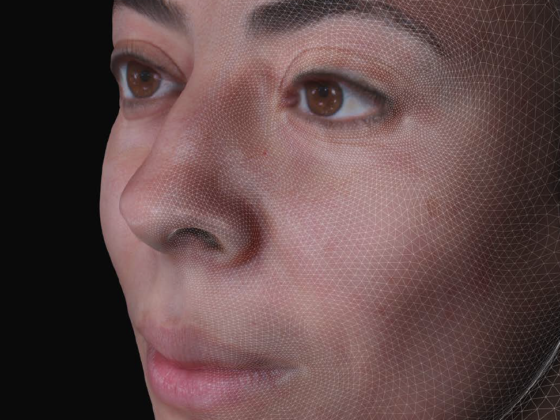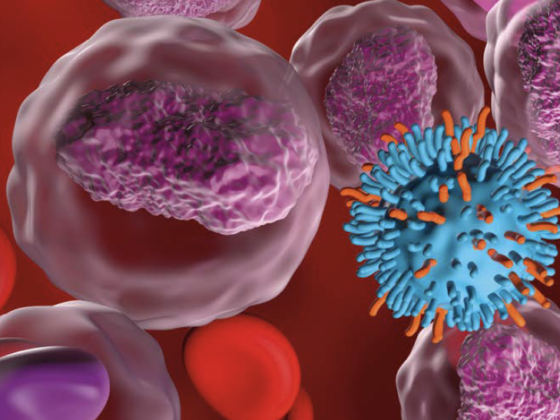The interuniversity degree in aesthetic medicine, which will start being taught in January 2025, and the VAE (validation of acquired experience) will authorise qualified doctors to use the title of “aesthetics doctor” and will expand the doctors’ skills in using botulinum toxin. Dr Jean-François Delahaye, who helped to design this diploma with Dr François Arnault, president of the French National Medical Council, tells us more about this qualification.
Anti-Age Magazine: Did we need this interuniversity diploma in aesthetic medicine to give more credibility to a sector that is often criticised?

Dr Jean-François Delahaye: The Council had made several observations, the first of which being that there is a real demand for aesthetic medicine, with one person in ten having visited a doctor to request an aesthetic procedure. The second was that the Council had received a certain number of reports from doctors or patients who wanted to complain about procedures that had been carried out by unqualified doctors or people who were not doctors at all. The third was that the popularity of the aesthetics field was further destabilising an already-critical medical demography. We therefore needed to regulate and provide a framework for aesthetic medicine. Remember that the Medical Council acts as guarantor for the quality and safety of treatments, as per Article 70 of the French public health code.
The Council talked to all of the stakeholders and then asked the national colleges of dermatology and plastic surgery professionals, who are responsible for training dermatologists and plastic surgeons in aesthetic medicine, to envisage envisage creating an interuniversity diploma. The first draft of this diploma was deemed acceptable by the Medical Council, and was then approved by the ordinal authority.
It is worth noting that this diploma is aimed at all doctors, either GPs or specialists, who have been in clinical practice for more than three years and who are listed on the French Medical Council’s list of doctors. It is a two-year course (theory and practical) and will first be taught in three universities – Marseille, Bordeaux and Créteil – then rolled out to seven universities. Certifying this practice addresses our desire to assure quality, as France has always been one of the leaders in the fields of medicine and surgery, and wants to stay that way. So yes, it is recognition of this activity, which will gain in credibility, even though aesthetic medicine will not be considered as a speciality in itself, but rather an additional skill.
AAM: Which procedures are taught and which are not?
Dr J.-F. D.: Injections and fillers will be taught, of course, and something new for doctors who have the diploma or VAE is that they will be able to perform botulinum toxin injections, which they were not allowed to perform before, as soon as they gain market authorisation. This will enable many existing practices, which are currently illegal, to be regulated. Peels, tensor threads (except non-resorbable threads) and lasers will all be permitted, with the exception of invasive procedures which are, by definition, surgical, as well as techniques that require considerable technical equipment. A debate is ongoing about hair grafts. It is worth noting that there will also be lessons in medical ethics, on the ban on practising medicine as a business, on a doctor’s duty to inform, and on proficiency: you should only do what you are capable of doing, which goes hand-in-hand with updating your skills.
AAM: What about young doctors and foreign doctors?
Dr J.-F. D.: The condition that all applicants must have been in practice for at least three years in order to enrol on the course immediately rules out doctors who have just graduated and who only want to go into aesthetic medicine. We also needed to address the patients’ demand for safer procedures, which means being treated by doctors who have more experience. This time period is also justified in that it confirms their desire to specialise in this field and satisfy the prerequisites in terms of knowledge in order to apply for this course. We wanted to stop doctors going straight into aesthetic medicine due to the current medical demography. For foreign doctors, the prerequisite is that they must have been registered with the Medical Council in France for a minimum of three years.
AAM: When will VAE come into play? At the same time as the diploma or after two years?
Dr J.-F. D.: First of all, everyone has the right to VAE (validation of acquired experience). Its objective is to recognise the skills acquired by a practising doctor. It is therefore not automatically a validation of someone’s practice, but of their experience. In order to obtain their VAE, they must put together an application which includes elements that prove that they have been in practice, which might be invoices for consumables, certificates of attendance at conferences, articles published in reputed journals, etc. They must also have practised aesthetic medicine for five years and the doctor must master several procedures to prove they have covered all of the bases of aesthetic medicine (peels, lasers, injections, etc.). A panel from the Medical Council and from the universities will be called upon to evaluate the applications. We would like to have processed all of the applications over the next five years. Please note that anyone who obtained the interuniversity diploma in morphological and anti-aging medicine before 2013 (which had previously been approved by the Medical Council) will be issued the VAE de facto. The Medical Council wants this VAE to be put in place as soon as possible. It goes without saying that this VAE will give the holder the right to a title, as it is equivalent to the interuniversity diploma.
AAM: Is this desire to provide a regulatory framework also a bid to deal with medical deserts?
Dr J.-F. D.: Yes, that is one of the Council’s concerns, because a certain number of doctors graduating from university go straight into aesthetic medicine. We need to strike a balance, and this is why the stakeholders set the minimum of three years’ practice before enrolling on the course, because that way they gain experience of working with a patient list, making diagnoses, foreseeing any complications, etc. We need to give young doctors the time to learn how to deal with patients directly.
AAM: Could you tell us about the notion of having the right to a title?
Dr J.-F. D.: One of the Council’s prerogatives was to give the doctors the right to practice. We all have a qualification – whether it is in general medicine or another speciality after further university training – but there are other diplomas that are not taught here in France and which the Council can approve under certain conditions, for a period of five years, after which they must be submitted for reapproval. The title obtained represents the authorisation for the doctor to list on their plaque and prescriptions any qualifications recognised in Articles R 4127-79 and ensuing of the French public health code. When patients go to their appointment, they know that their chosen doctor has undergone specific training and this guarantees high-quality care. The doctor that has been awarded this authorisation can also feel reassured that their skills have been recognised.















